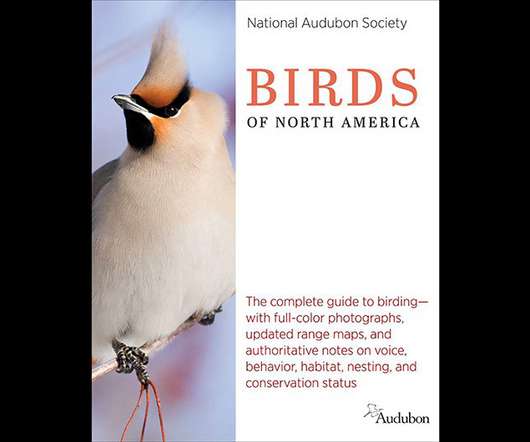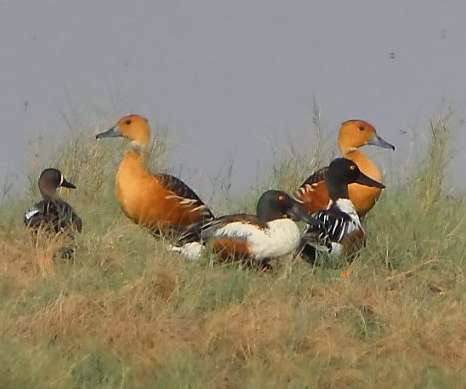National Audubon Society Birds of North America: A Guide Review
10,000 Birds
JUNE 1, 2021
If you remember that the first edition of Sibley was published with “National Audubon Society” on the cover, raise your hand. The National Audubon Society Birds of North America covers all species seen in mainland United States, Canada and Baja California. I didn’t.). This is a fairly large book: 907 pages; 7.38












Let's personalize your content